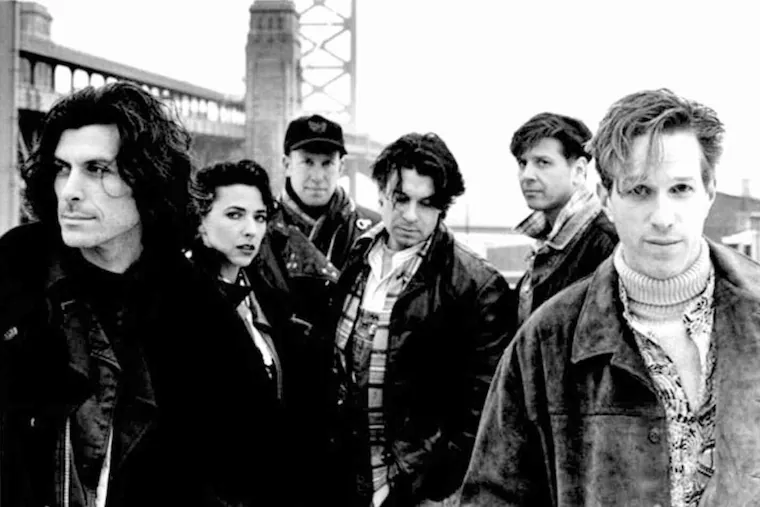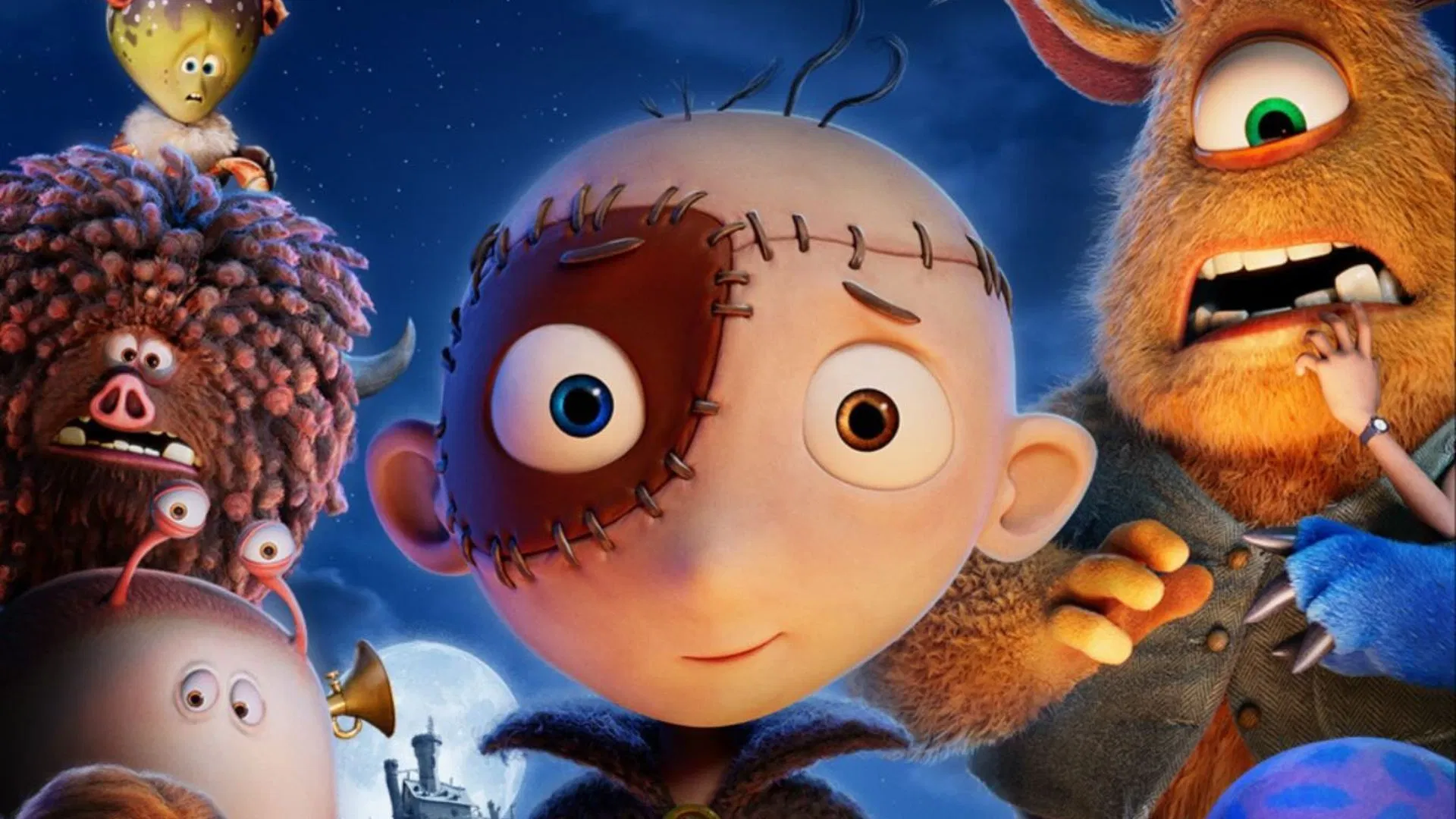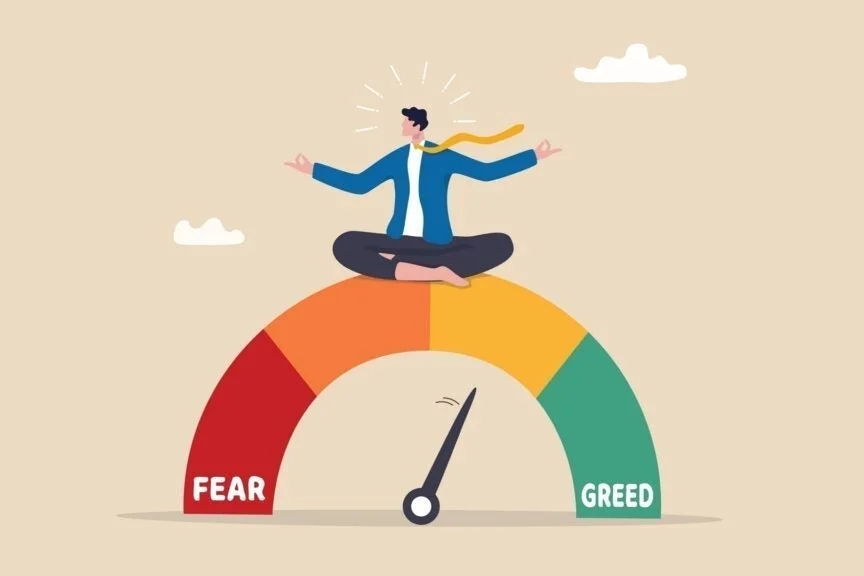Copyright The Philadelphia Inquirer

By the early 1970s, Philadelphia had developed a large, passionate rock and roll fanbase and was home to one of the nation’s premier rock concert promotion companies, Electric Factory Concerts, making the city an especially important center for the music. Philadelphia was a key stop for national and international touring rock acts while also supporting a vibrant local rock scene. Artists and groups who came out of the Philadelphia area and had significant success in the 1970s and ’80s include Todd Rundgren, Hall & Oates (the most successful rock duo of all time), the Hooters, George Thorogood and the Delaware Destroyers, Robert Hazard and the Heroes, Cinderella, Tommy Conwell and the Young Rumblers, and Pretty Poison. On a more local level were those who had strong followings in the Philadelphia area but whose popularity did not extend much beyond the region: The A’s, Beru Revue, Johnny’s Dance Band, Kenn Kweder, Alan Mann Band, and the Vels were beloved local acts that regularly played area rock clubs, large and small. At the same time, and largely out of the mainstream, Philadelphia had a vibrant punk rock scene, with the Hot Club, East Side Club, and other venues presenting national and local punk groups. The Dead Milkmen came out of this scene and rose to prominence in the punk world. Always quick to pick up on emerging artists, Philadelphia also embraced rock performers who were not from the area but who developed strong local followings early in their careers, before they were famous. Bruce Springsteen, Billy Joel, David Bowie, Elton John, and Yes are among the iconic rock artists who had early success in Philadelphia, cultivating strong area fanbases that helped propel them to superstardom. Electric Factory Concerts booked these artists in small and midsize area venues early on and then helped build their audiences over time to the point where they could play the Spectrum, the 20,000-seat South Philadelphia sports arena that opened in 1967 and became the city’s main large-scale concert venue. By the mid-1970s, over a million rock fans a year attended concerts at the Spectrum, widely regarded as one of the nation’s great rock showplaces. Philadelphia native John Kalodner began covering the city’s rock scene as a journalist and photographer at this time, writing reviews for local newspapers and then doing similar work for national publications before moving to Los Angeles to work as an artists and repertoire executive for major record labels, where he guided the careers of several superstar rock groups. The local scene produced another musician around this time who would leave for California to work with superstars, guitarist Rick Vito, an Upper Darby native. As a teenager in the 1960s, Vito began playing gigs and attending area rock shows, including seeing Fleetwood Mac at the original Electric Factory in 1968. A few years later he moved to California, where he played with a host of top-name rock artists and groups, including serving as lead guitarist for Fleetwood Mac from 1987 to 1991. Arena rock gave way to stadium rock as venues and audiences grew ever larger in the late 1970s. While continuing to book concerts at the Spectrum, Electric Factory Concerts began staging mega outdoor shows at the adjacent John F. Kennedy (JFK) Stadium, the aging 1926 stadium with a capacity of 90,000, and Veterans Stadium, the football and baseball stadium that opened in 1971 and accommodated 65,000 for concerts. Together, the Spectrum, JFK, and Veterans Stadium formed a South Philadelphia sports and entertainment complex that became one of the major centers for rock concerts on the East Coast. The complex’s biggest concert by far was Live Aid, the benefit to fight world hunger held July 13, 1985, at JFK Stadium, with a simultaneous concert at Wembley Stadium in London. Nearly 90,000 attendees in Philadelphia saw dozens of the biggest names in rock, while a worldwide audience of almost two billion watched a TV simulcast of the concerts. Produced by Electric Factory Concerts, Live Aid was a landmark moment in rock history. While arena and mega concerts continued in South Philadelphia, elsewhere in the region, dozens of rock clubs of various sizes opened, closed, or changed hands as the rock industry evolved in the late 20th and early 21st centuries. The bigger clubs presented established acts, while smaller ones served as vital outlets for new music, hosting everyone from local artists to up-and-coming national and international groups. J.C. Dobbs on South Street and the Khyber Pass on 2nd Street in Old City were important small venues showcasing emerging rock groups, many of which went on to great renown, including U2, Nirvana, and Pearl Jam, among others. Locally, bands including Marah, Dr. Dog, the War on Drugs, and Low Cut Connie emerged from Philadelphia’s dynamic rock scene to have wider success in the 1990s to 2020s. In 1995, Electric Factory Concerts opened a new rock club, Electric Factory, on North 7th Street in Northern Liberties, similar in size to and named after the company’s legendary 1960s venue. New concert promoters also entered the Philadelphia market at this time, as the rock business continued to evolve. The owners of Electric Factory Concerts sold the company in 2000 to a conglomerate that eventually became Live Nation Entertainment, America’s dominant concert promotion company. In the Philadelphia area, Live Nation managed major venues, like the Fillmore, Tower Theater, the Met Philadelphia, and Freedom Mortgage Pavilion. The Bowery Presents, another national promoter, also moved into the Philadelphia market, managing Union Transfer, Keswick Theatre, and Underground Arts. Bowery Presents purchased the second Electric Factory in Northern Liberties in 2018 and renamed it Franklin Music Hall. All these venues hosted rock shows on a regular basis in the late 20th and early 21st centuries. The 21,000-seat Wells Fargo Center sports and entertainment arena opened to replace the Spectrum in 1996. Built on the site of JFK Stadium (demolished in 1992), the new venue was originally called Spectrum II and then went through several corporate name changes before being named Wells Fargo Center in 2010. [Editor’s note: Beginning Sept. 1, 2025, the Wells Fargo Center is no more is called Xfinity Mobile Arena] Both the Wells Fargo Center and original Spectrum hosted arena concerts until the latter was closed in 2009 (and demolished in 2011). The final weeks of original Spectrum concerts in October 2009 were a fitting send-off for the legendary rock venue: four concerts by Bruce Springsteen and the E Street Band, who had an especially passionate Philadelphia fan base and had put on many epic shows at the Spectrum over the years; followed by a one-night all-star Philadelphia rock showcase featuring homegrown talents Hall & Oates, Todd Rundgren, the Hooters, and Soul Survivors; and closing out with four shows by Pearl Jam, the revered Seattle jam band that made their Philadelphia debut at J.C. Dobbs in 1991 and had long been a favorite in the city. Pearl Jam later released its four final Spectrum concerts as a collectible CD box set. While the Wells Fargo Center served as the city’s primary large-scale indoor rock arena, outdoor mega concerts with top-tier artists began moving in the early 2000s to Lincoln Financial Field and Citizens Bank Park, the separate football and baseball stadiums that replaced Veterans Stadium (demolished in 2004). Large-scale outdoor concerts were also held on the Benjamin Franklin Parkway, the city’s main cultural thoroughfare in the downtown area. On July 2, 2005, the Parkway hosted Live 8, the 20th-anniversary reprisal of Live Aid, with Philadelphia serving as the American host city for a worldwide set of benefit concerts that day. Annual festivals on the Parkway that feature rock — along with other kinds of music — include the city’s Welcome America festival around the Fourth of July, which began in 1993, and rapper Jay-Z’s Made in America Festival on Labor Day weekend, which began in 2012. [Editor’s note: The 2025 Made in America Festival was cancelled for the third year in a row since 2022.] Purpose-built outdoor music venues also hosted rock concerts in the late 20th and early 21st centuries, including the nonprofit Mann Center for the Performing Arts in West Fairmount Park and Freedom Mortgage Pavilion on the Delaware River across from Philly, in Camden. The Mann Center opened in 1976 as a summer home for the Philadelphia Orchestra, but soon made rock and contemporary music concerts a major part of its programming. [Editor’s note: Beginning Oct. 15, 2025, the Mann Center is now called the Highmark Mann Center for the Performing Arts.] The Freedom Mortgage Pavilion opened in 1995 as the Waterfront Music Pavilion and, like other area venues, went through several corporate sponsorship and name changes before assuming its current name. From nurturing homegrown artists to embracing emerging and established superstars, from packing small clubs to filling massive stadium concerts, Philadelphia has been a vital center for rock music. This excerpt from “The Philadelphia Music Book: Sounds of a City” edited by Larry Magid is printed with the permission of Camino Books. The book releases on Nov. 12 and all proceeds benefit Philadelphia Music Alliance. $49.95.



